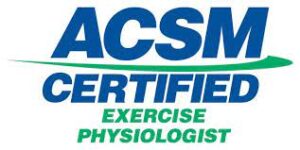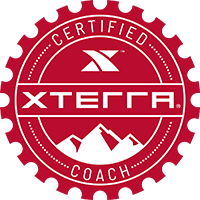





MTB Fit - Comfort and Efficiency
 Have you ever experienced knee pain after a few hours of mountain biking? Remember the Boise Trails Challenge, riding Trail of Tears, and the front wheel kept bouncing up off the ground? Or maybe your lower back starts to tighten up and become uncomfortable... but only on one side. Don’t even get me started about saddle sores. I know of four different types.
Have you ever experienced knee pain after a few hours of mountain biking? Remember the Boise Trails Challenge, riding Trail of Tears, and the front wheel kept bouncing up off the ground? Or maybe your lower back starts to tighten up and become uncomfortable... but only on one side. Don’t even get me started about saddle sores. I know of four different types.
But the good news is all of these can often be associated with a poor bike fit. A well-fitted bike is crucial for mountain bikers for several reasons:
Comfort and Efficiency: Proper bike fit ensures comfort during long rides by reducing strain on muscles and joints. It also optimizes pedaling efficiency, allowing bikers to generate more power with each pedal stroke.
Injury Prevention: A bike that fits properly can help prevent injuries caused by poor posture or excessive strain on certain body parts. This is particularly important for mountain biking, where rough terrain and unpredictable conditions increase the risk of accidents.
Control and Handling: A well-fitted bike enhances control and handling, crucial for navigating technical terrain and obstacles. Proper positioning improves balance and responsiveness, enhancing the rider's ability to tackle challenging trails safely.
Customization: Every rider is unique, with different body proportions and riding styles. A bike fit allows for the customization of components such as saddle height, handlebar position, and stem length to match the rider's specific needs and preferences.
Performance Enhancement: By optimizing the rider's position on the bike, a proper fit can lead to improved performance, whether it's climbing steep inclines, descending technical trails, or navigating tight corners. This can ultimately translate to faster times and greater enjoyment on the trails.
After a bike fit, riders can expect the following:
Bike Fit Geometry: Every rider receives adjustments to saddle height, fore/aft, setback, angle, and reach to handlebars. Nearly every bike from brand to brand is different. Geometries change at the top tube, head tube, head tube height, and seat tube angle.
Exercises and Stretches: Hamstrings, hip flexors, extensors, and rotation will be measured along with a functional strength assessment. Certain exercises and stretches like hamstring wall stretch, hip flexor stretch, and more will be recommended.
The goal of mountain bike fitting is to create a neutral and biomechanically efficient position so the rider can climb and descend safely and efficiently.
A mountain bike fit is essential for mountain bikers to ensure comfort, prevent injuries, enhance control, customize the riding experience, and maximize performance on the trails.
Stop by George’s Cycles downtown anytime and ask about a bike fit.

